Home>Interior Design>How Can I Add Warmth To A Room? 7 Designer Ways To Add Comfort
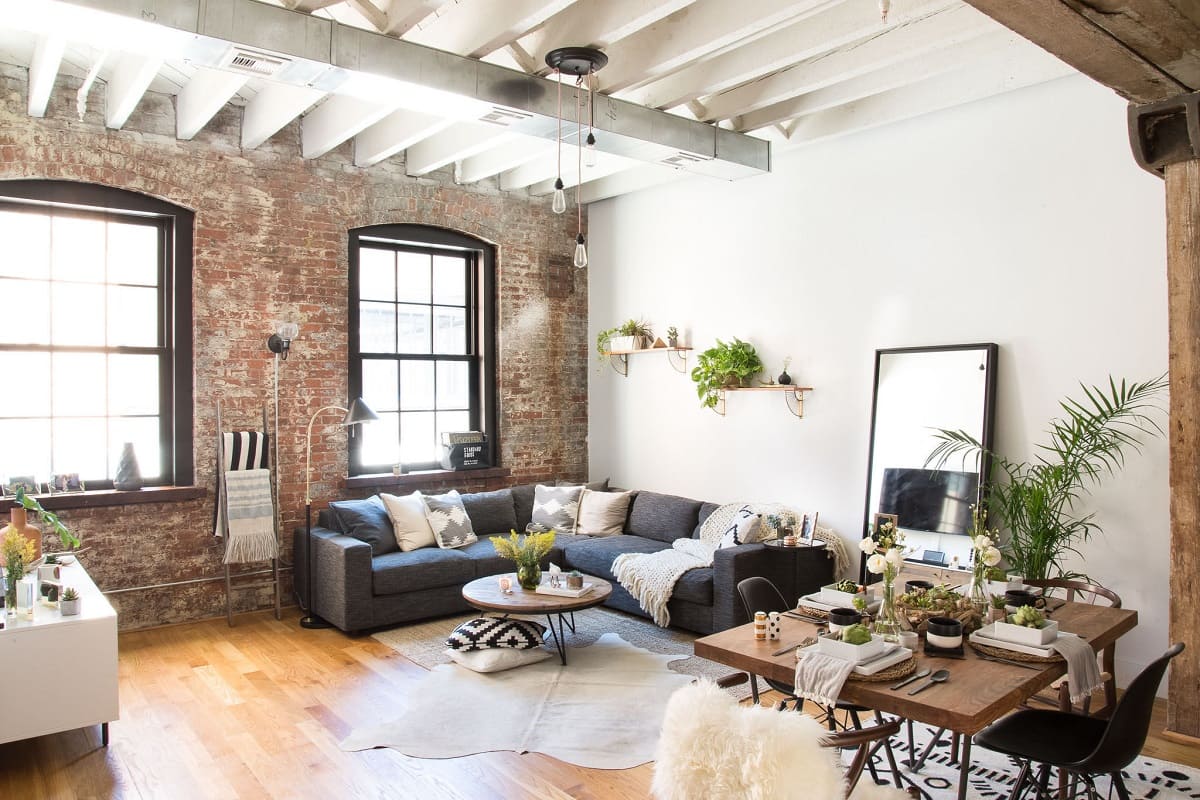

Interior Design
How Can I Add Warmth To A Room? 7 Designer Ways To Add Comfort
Modified: February 24, 2024
Discover 7 designer-approved ways to add warmth and comfort to any room with these interior design tips. Create a cozy and inviting space with ease.
(Many of the links in this article redirect to a specific reviewed product. Your purchase of these products through affiliate links helps to generate commission for Storables.com, at no extra cost. Learn more)
Introduction
Welcome to the world of interior design, where creativity and functionality intertwine to create beautiful and comfortable spaces. When it comes to designing a room, adding warmth is essential to create a cozy and inviting atmosphere. Whether you’re designing a living room, bedroom, or any other space, incorporating elements that evoke a sense of comfort can make a significant difference in how you feel and interact within the room.
In this article, we will explore seven designer ways to add warmth to a room, elevating its comfort level and creating a space that you’ll love spending time in. From infusing warm color schemes to utilizing soft textures, integrating natural elements to creating a cozy seating area, and even considering the installation of a fireplace or heating element, we will cover a range of strategies that will transform your room into a warm and inviting oasis.
So, let’s dive in and discover how you can add warmth to your room and make it a haven of comfort and coziness!
Key Takeaways:
- Infuse warmth into your room by using warm color schemes, layering lighting, and incorporating soft textures. Enhance comfort with natural elements, a cozy seating area, and personalized decor for a truly inviting space.
- Create a cozy haven by adding a fireplace or heating element and personalizing with sentimental objects. Balance warmth and comfort to design a space that feels like home.
Use warm color schemes
One of the most effective ways to add warmth to a room is through the use of warm color schemes. Warm colors, such as shades of red, orange, and yellow, have a natural ability to create a cozy and inviting atmosphere. They can make a room feel vibrant and energetic while also providing a sense of comfort.
When choosing warm colors for your room, consider shades like burnt orange, deep red, golden yellow, or rich earth tones. These colors exude warmth and create an intimate and welcoming ambiance. You can paint the walls in warm hues or incorporate them through furniture, accessories, and artwork.
In addition to the wall color, you can incorporate warm hues in furniture and decor. Choose upholstery in warm tones, such as a deep red velvet sofa or a golden yellow armchair. These pieces will instantly add a touch of warmth to the room. Consider adding decorative elements, such as throw pillows, curtains, or rugs, in warm colors to complete the look.
Another trick is to mix warm and neutral tones. For example, pairing a warm-toned accent wall with neutral furniture and accessories creates a balanced and inviting space. This combination allows warm colors to take center stage while maintaining a harmonious overall design.
Remember, the key is not to overwhelm the room with too many warm colors. Balance is crucial. You can create visual interest by adding a few pops of warm colors throughout the room, while keeping the overall color palette cohesive and inviting.
By using warm color schemes, you can transform your room into a cozy and comforting space that will instantly make you feel at home.
Layer lighting
Lighting plays a vital role in setting the mood and adding warmth to a room. By layering different lighting sources, you can create a cozy and inviting ambiance that enhances the overall comfort of the space.
Start by mixing lighting sources throughout the room. Instead of relying on a single overhead light fixture, incorporate a combination of ambient, task, and accent lighting. Ambient lighting provides overall illumination, task lighting serves a specific purpose like reading or cooking, and accent lighting highlights specific features or areas of the room.
Consider installing dimmer switches for your lights. This allows you to adjust the intensity of the lighting based on your mood and the desired level of warmth. Dimmed lights create a soft and cozy glow, perfect for relaxing evenings or creating a romantic ambiance.
Another important aspect of lighting is utilizing warm-toned light bulbs. Instead of opting for cool white or bright white bulbs, choose bulbs with warmer color temperatures around 2700K to 3000K. These warm-toned bulbs emit a soft, golden light that mimics the warmth of natural sunlight and instantly creates a cozy atmosphere.
In addition to the main light sources, consider incorporating other forms of lighting to enhance the warmth of the room. Table lamps, floor lamps, and wall sconces can all contribute to creating a layered and inviting lighting scheme. The warm glow of these additional light sources adds depth and character to the space, making it feel more cozy and comfortable.
Remember to strategically place the lighting sources in different parts of the room. This allows for better control of the ambiance and ensures that all areas are adequately illuminated. By layering lighting and utilizing warm-toned light bulbs, you can transform the atmosphere of your room and add a beautiful sense of comfort and warmth.
Incorporate soft textures
One of the easiest ways to add warmth and comfort to a room is by incorporating soft textures. Textures play a crucial role in interior design, as they add visual interest and tactile comfort to the space. By strategically incorporating cozy fabrics and plush textures, you can transform the atmosphere of your room into a warm and inviting haven.
Start by adding cozy fabrics to your furniture. Opt for upholstery in soft materials like velvet, suede, or chenille. These fabrics have a luxurious feel and instantly make the room feel warm and inviting. Consider a plush velvet sofa or a chenille armchair, where you can sink into comfort as you relax.
In addition to furniture, use soft textiles in the form of rugs and pillows. Invest in a plush, high-pile rug that adds warmth and coziness to the room. Place it under the seating area or by the bedside to create a soft and comfortable surface for your feet.
When it comes to pillows, choose cushions made from soft and inviting materials like faux fur, knit, or velvet. These textures not only add visual interest but also provide a cozy spot to snuggle up and relax. Mix and match different sizes and shapes to create a layered and inviting look.
Blankets and throws are another great way to incorporate soft textures into your room. Drape a chunky knit blanket over the back of a sofa or armchair for an inviting touch. Fold a faux fur throw at the foot of the bed for added warmth and coziness. These simple additions instantly elevate the comfort level of the room.
Lastly, consider adding curtains or drapes in soft, flowing fabrics. Not only do they add a touch of elegance to the room, but they also create visual warmth and provide privacy. Opt for heavier, light-blocking curtains in rich colors or delicate sheer curtains that filter the natural light and create a soft, warm glow.
By incorporating soft textures through cozy fabrics, plush rugs, pillows, and curtains, you can enhance the comfort and warmth of your room. These simple additions not only add visual interest but also create a tactile experience that invites relaxation and coziness.
Enhance with natural elements
Incorporating natural elements is a foolproof way to add warmth and a sense of tranquility to any room. Nature has a calming effect and can instantly make a space feel more inviting and comfortable. There are two main ways you can enhance your room with natural elements: bringing in wood accents and incorporating greenery and plants.
Bringing in wood accents is an excellent way to add warmth and natural beauty to your room. Consider incorporating wood furniture pieces like a coffee table, side table, or bookshelf. Choose pieces with warm-toned wood finishes, such as mahogany, cherry, or walnut, as they exude a natural and rustic charm.
In addition to furniture, you can add wood accents through smaller decor items like picture frames, mirrors, or even wooden wall art. These touches of wood bring a sense of organic warmth and help create a connection to the natural world.
Another way to infuse natural elements is by incorporating greenery and plants into your room. Indoor plants not only add beauty and life but also purify the air and improve the overall ambiance. Choose plants that thrive indoors and are low-maintenance, such as pothos, snake plants, or peace lilies.
Place plants in decorative pots or hanging planters to create visual interest and bring a touch of nature into your room. You can also display a small herb garden in your kitchen window or hang cascading plants from a bookshelf or wall-mounted plant hanger.
In addition to live plants, you can also incorporate botanical prints or floral patterns into your room’s decor. Consider hanging botanical artwork or using floral print fabrics for curtains, pillows, or upholstery. These patterns add a sense of natural beauty and bring the outdoors into your room.
By bringing in wood accents and incorporating greenery and plants, you can create a harmonious and inviting space that connects you to nature. These natural elements infuse warmth, tranquility, and a touch of rustic charm, making your room a sanctuary of comfort and relaxation.
Consider adding soft, textured throws and pillows to your seating areas to create a cozy and inviting atmosphere. This will add warmth and comfort to the room while also enhancing the overall design.
Create a cozy seating area
Creating a cozy seating area is essential for adding warmth and comfort to a room. After all, having a comfortable and inviting place to sit and relax is what makes a space truly enjoyable. Here are some tips to help you create a cozy seating area:
Start by arranging your furniture in a way that promotes comfort and conversation. Consider the focal point of the room, whether it’s a fireplace, a stunning view, or a television, and arrange your seating around it. Make sure there is enough space for people to move around easily and engage in conversation.
Choose furniture that is not only visually appealing but also comfortable to sit on. Look for upholstered pieces with plush cushions and supportive frames. Consider a sectional sofa, a pair of cozy armchairs, or a comfortable loveseat, depending on the size of your room.
Add extra comfort to your seating area by incorporating cushions and throws. Layering cushions of different sizes and textures not only enhances the visual appeal but also provides additional support and coziness. Look for cushions made from soft materials like velvet, faux fur, or knits. Don’t be afraid to mix and match patterns and colors to add personality to your seating area.
Throws are not only practical for staying warm, but they also add a cozy touch to your seating area. Drape a soft and warm throw over the back of your sofa or armchair. Choose materials like fleece, wool, or cashmere for extra comfort. Having a throw within reach allows you and your guests to snuggle up and stay cozy in cooler temperatures.
Consider adding a coffee table or side table within reach of your seating area. This provides a convenient spot to place drinks, books, or snacks while enjoying the warmth and comfort of your seating area. Choose a table that matches the style and scale of your furniture, whether it’s a rustic wooden coffee table or a modern glass side table.
Finally, don’t forget to include proper lighting in your seating area. A well-placed floor or table lamp can create a cozy ambiance while also providing practical lighting for activities like reading or lounging. Choose warm-toned bulbs to further enhance the warmth and comfort of the space.
By carefully arranging your furniture for comfort and adding cushions, throws, and proper lighting, you can create a cozy seating area that invites relaxation and fosters a sense of warmth and comfort in your room.
Install a fireplace or heating element
When it comes to adding warmth and ambiance to a room, few things can compare to the cozy glow of a fireplace or heating element. Not only do they provide physical warmth, but they also create a focal point and a sense of comfort. Here are some options for adding a fireplace or alternative heating elements to your room:
1. Traditional fireplace: If you have the option, installing a traditional fireplace can instantly transform your room into a warm and inviting space. Whether it’s a wood-burning fireplace or a gas insert, the crackling sound and the flickering flames create a soothing and cozy atmosphere. Consider the design and materials of the fireplace to ensure it complements the overall style of your room.
2. Electric fireplace: If you don’t have an existing chimney or want a more convenient option, an electric fireplace can be a great alternative. Electric fireplaces provide the visual warmth and ambiance of a traditional fireplace without the need for venting or fuel. They come in various sizes and styles, including wall-mounted options or freestanding units. Electric fireplaces can be easily controlled, allowing you to adjust the heat and flame settings according to your comfort level.
3. Ethanol fireplace: Another option for a hassle-free fireplace is an ethanol fireplace. These fireplaces use bioethanol fuel, which burns cleanly and doesn’t require a chimney or venting. Ethanol fireplaces come in a range of sizes and designs, from tabletop units to built-in wall options. They are easy to install and can add a contemporary and stylish touch to your room.
4. Alternative heating options: If a fireplace is not feasible or practical for your space, there are alternative heating options that can still add warmth and comfort. Consider installing a wall-mounted electric heater or a baseboard heater to supplement your room’s heating system. These provide targeted warmth and can be controlled individually. Portable space heaters are also a popular choice, providing instant heat to specific areas of the room. Choose energy-efficient models with safety features for peace of mind.
Remember to consider the size and heating capacity of the fireplace or alternative heating element based on the dimensions of your room. Safety should always be a priority, so follow the manufacturer’s instructions and consider installing any necessary safety measures like protective screens or childproofing if needed.
By incorporating a fireplace or alternative heating element, you can not only add physical warmth to your room but also create a cozy and inviting atmosphere that enhances the comfort and enjoyment of your space.
Personalize with sentimental objects
Adding personal touches and displaying cherished items in your room is a wonderful way to infuse warmth and create a space that truly reflects your personality and story. Personalization not only adds visual interest but also creates an emotional connection to the room. Here are some tips for incorporating sentimental objects and personal touches into your room:
1. Display cherished items: Showcase items that hold sentimental value, such as family heirlooms, antique pieces, or souvenirs from travels. These objects not only add a unique touch but also serve as conversation starters and reminders of cherished memories. Create a dedicated display area, such as a decorative shelf or a curated gallery wall, to showcase these special items.
2. Incorporate meaningful artwork: Hang artwork that holds personal significance to you. Whether it’s a painting created by a loved one or a photograph of a memorable moment, incorporating meaningful artwork adds a personal touch and creates a sense of connection to the space. Select pieces that resonate with you and complement the style and color palette of your room.
3. Create a memory wall: Designate a wall in your room to display photographs, postcards, or handwritten notes that hold sentimental value. Create a collage of memories by framing and arranging these items in a visually appealing way. This personalized gallery will not only add warmth but also become a visual reminder of the people and moments that are dear to your heart.
4. Incorporate personal hobbies or interests: Consider incorporating elements that reflect your passions and hobbies. If you love music, display your instrument or create a music corner with a collection of your favorite records. If you’re a bookworm, create a cozy reading nook with a bookshelf filled with your favorite novels. By incorporating elements of your personal interests, you create a space that is uniquely yours.
5. Use meaningful textiles: Incorporate textiles that hold personal meaning to you, such as a quilt made by a loved one or a tapestry from a memorable trip. These textiles add warmth and personality to your room while also serving as a reminder of the stories behind them. Use them as throws, pillow covers, or wall hangings to infuse your space with personal history.
6. Customize your decor: Consider customizing your decor by adding monograms, family initials, or personalized quotes. Incorporate these elements through embroidered pillowcases, custom artwork, or personalized signage. These small but meaningful touches add a sense of individuality and are a reflection of your unique identity.
Remember, personalizing your room should be a reflection of who you are and what brings you joy. It’s about creating a space that feels like home, filled with reminders of the people and experiences that define you. By incorporating sentimental objects and personal touches, you infuse your room with warmth, love, and authenticity.
Conclusion
Adding warmth to a room goes beyond just physical temperature—it’s about creating an inviting and comfortable space that evokes a sense of coziness and relaxation. By incorporating the seven designer ways mentioned in this article—using warm color schemes, layering lighting, incorporating soft textures, enhancing with natural elements, creating a cozy seating area, installing a fireplace or heating element, and personalizing with sentimental objects—you can transform your room into a haven of warmth and comfort.
Start by choosing warm color schemes that create an instant feeling of coziness. Layer your lighting sources to create a soft and inviting ambiance. Incorporate soft textures through cozy fabrics, plush rugs, and pillows to enhance the tactile comfort in your space.
Bring the beauty of nature indoors by incorporating natural elements such as wood accents and greenery. Create a cozy seating area that promotes comfort and relaxation, adding cushions, throws, and proper lighting. Consider adding a fireplace or alternative heating element to provide both physical warmth and a focal point of comfort.
Lastly, infuse your room with sentiment by displaying cherished items, incorporating personal touches, and customizing your decor to reflect your unique personality. Surrounding yourself with objects and elements that hold sentimental value adds a deep sense of warmth and personal connection to your space.
As you incorporate these designer ways to add warmth to your room, remember that balance is key. Use your creativity to meld different elements together harmoniously. Pay attention to both visual appeal and functionality to create a space that is visually pleasing and comfortable to live in.
In the end, a warm room is not only about the physical aspects but also about how it makes you feel. It should be a place that welcomes you with open arms, providing a sanctuary from the outside world and allowing you to unwind and recharge.
So, go ahead and transform your room into a cozy haven that radiates warmth and comfort. Enjoy the process of designing and personalizing your space, and embrace the joy that comes from creating a room that truly feels like home.
Frequently Asked Questions about How Can I Add Warmth To A Room? 7 Designer Ways To Add Comfort
Was this page helpful?
At Storables.com, we guarantee accurate and reliable information. Our content, validated by Expert Board Contributors, is crafted following stringent Editorial Policies. We're committed to providing you with well-researched, expert-backed insights for all your informational needs.
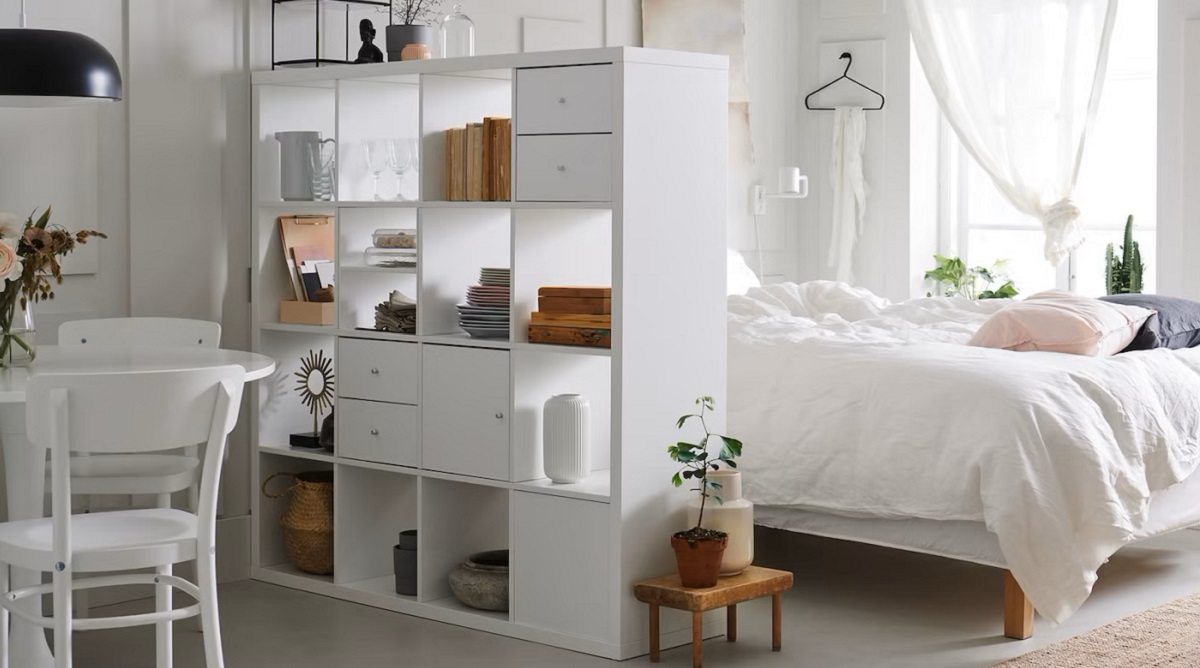

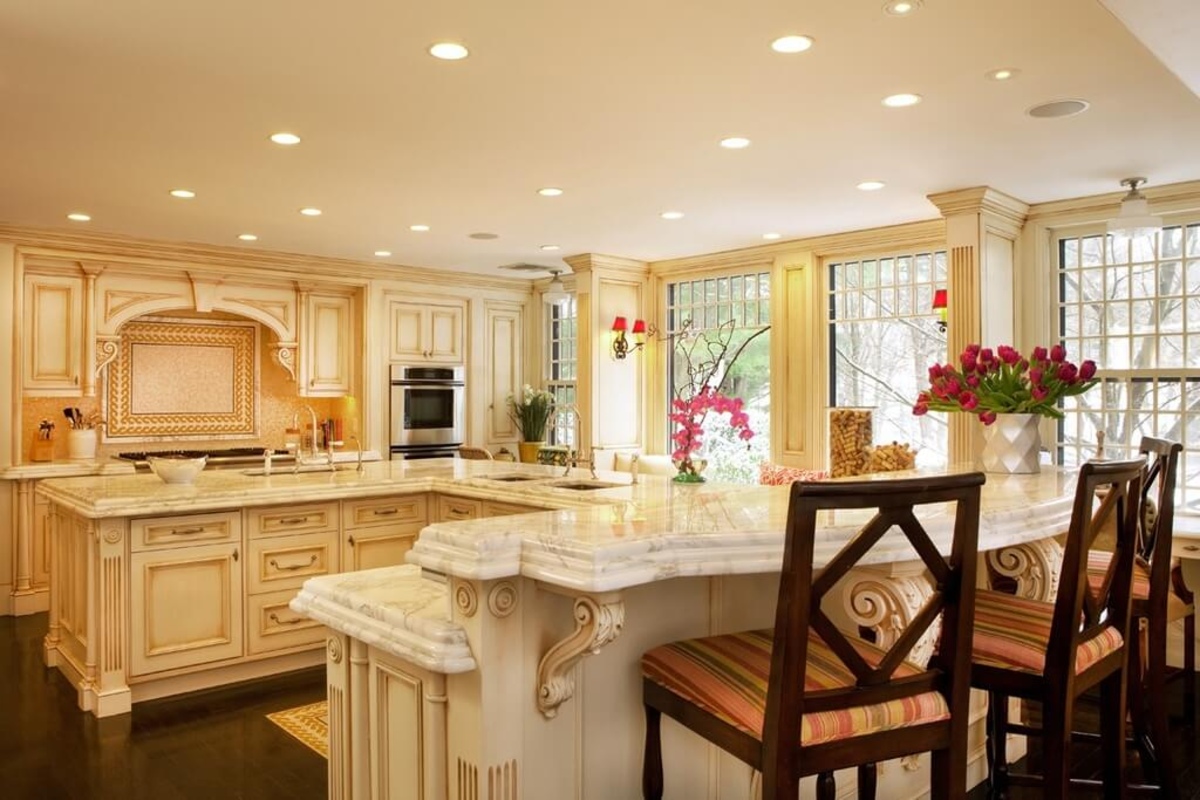
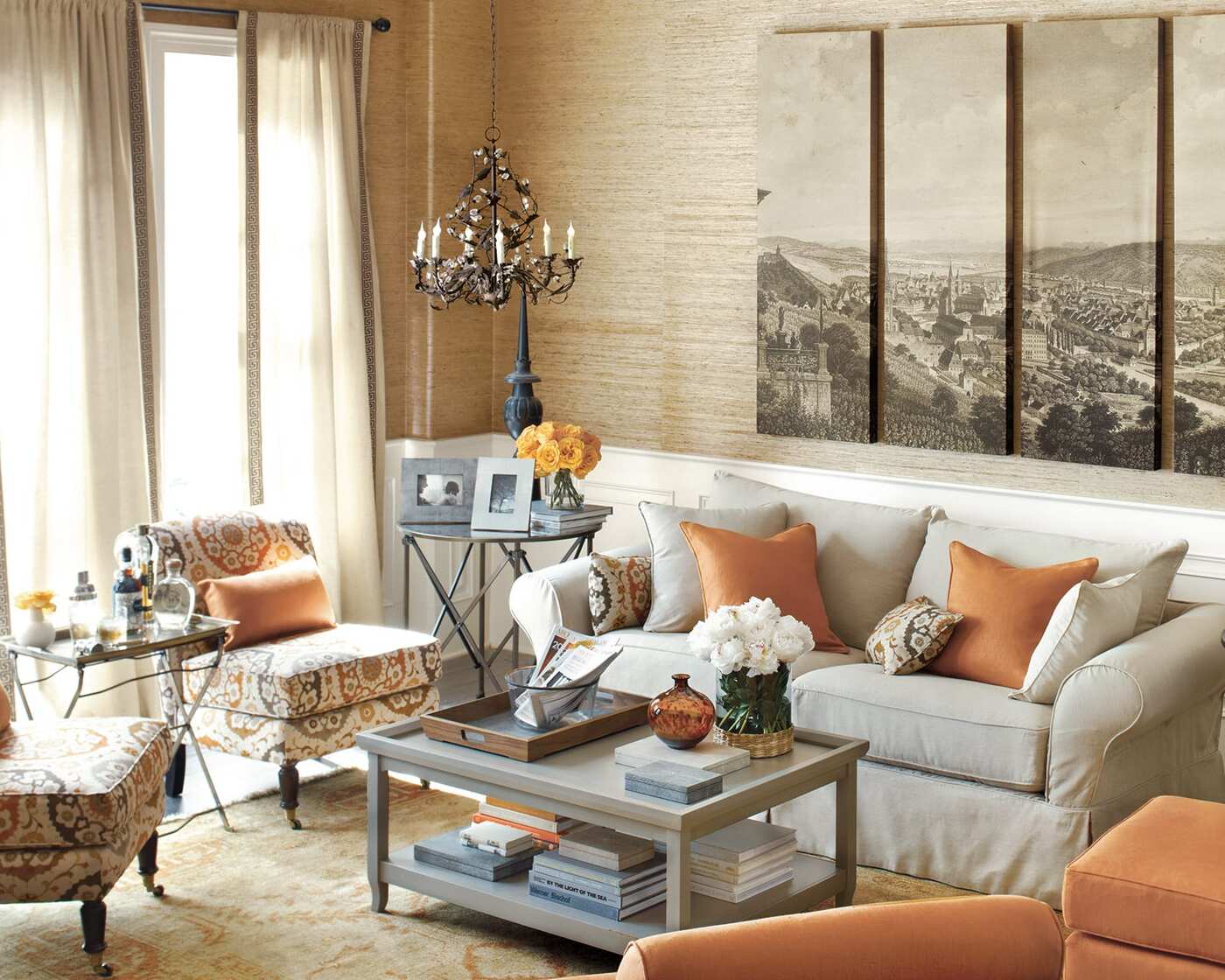
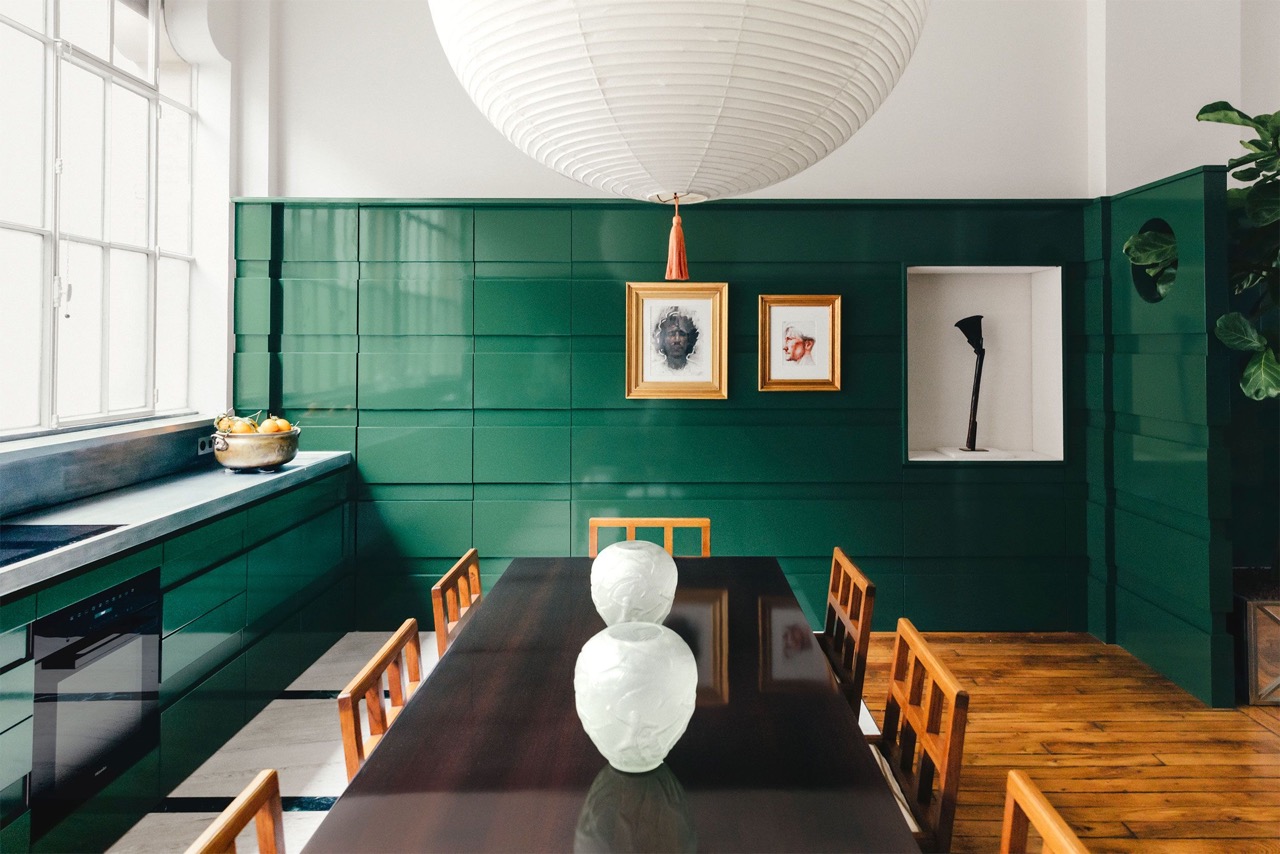

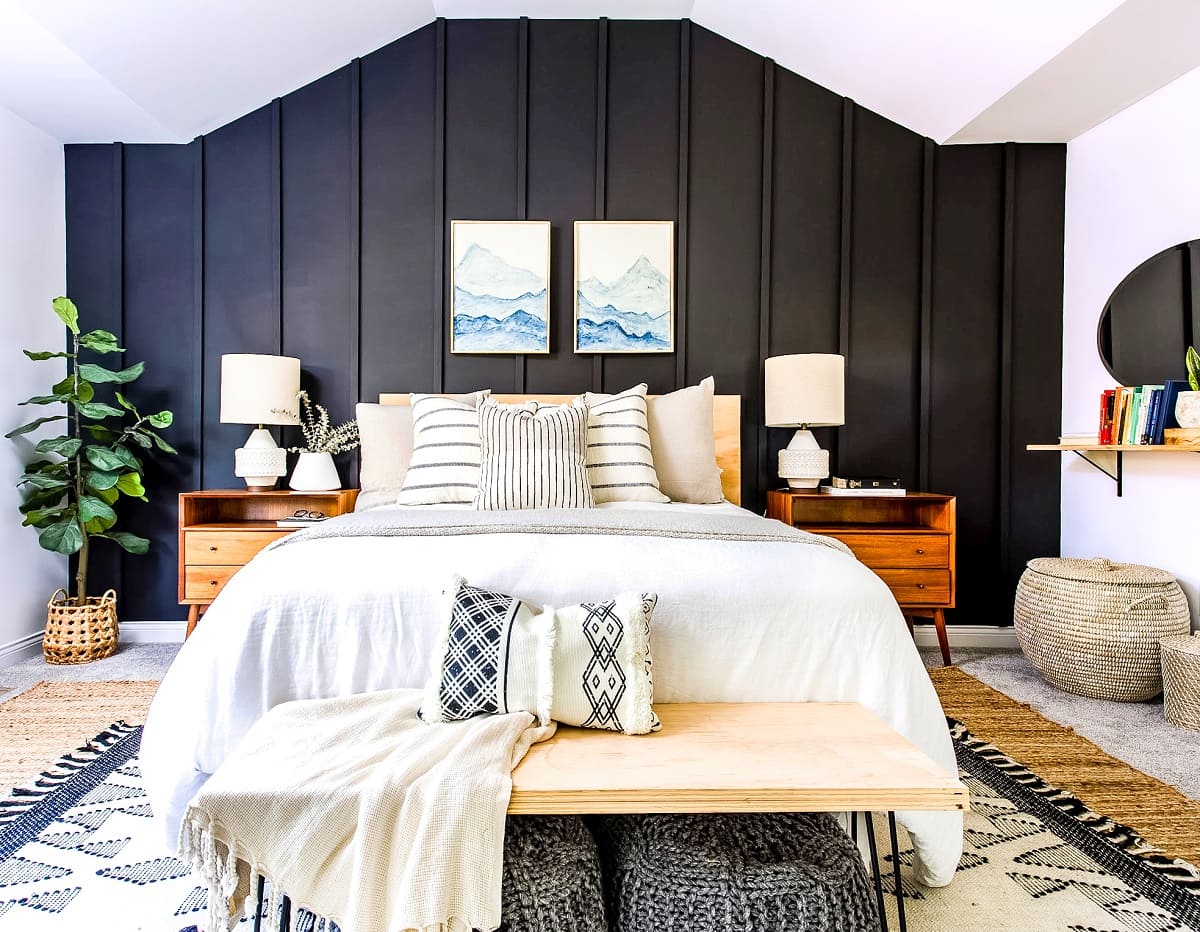
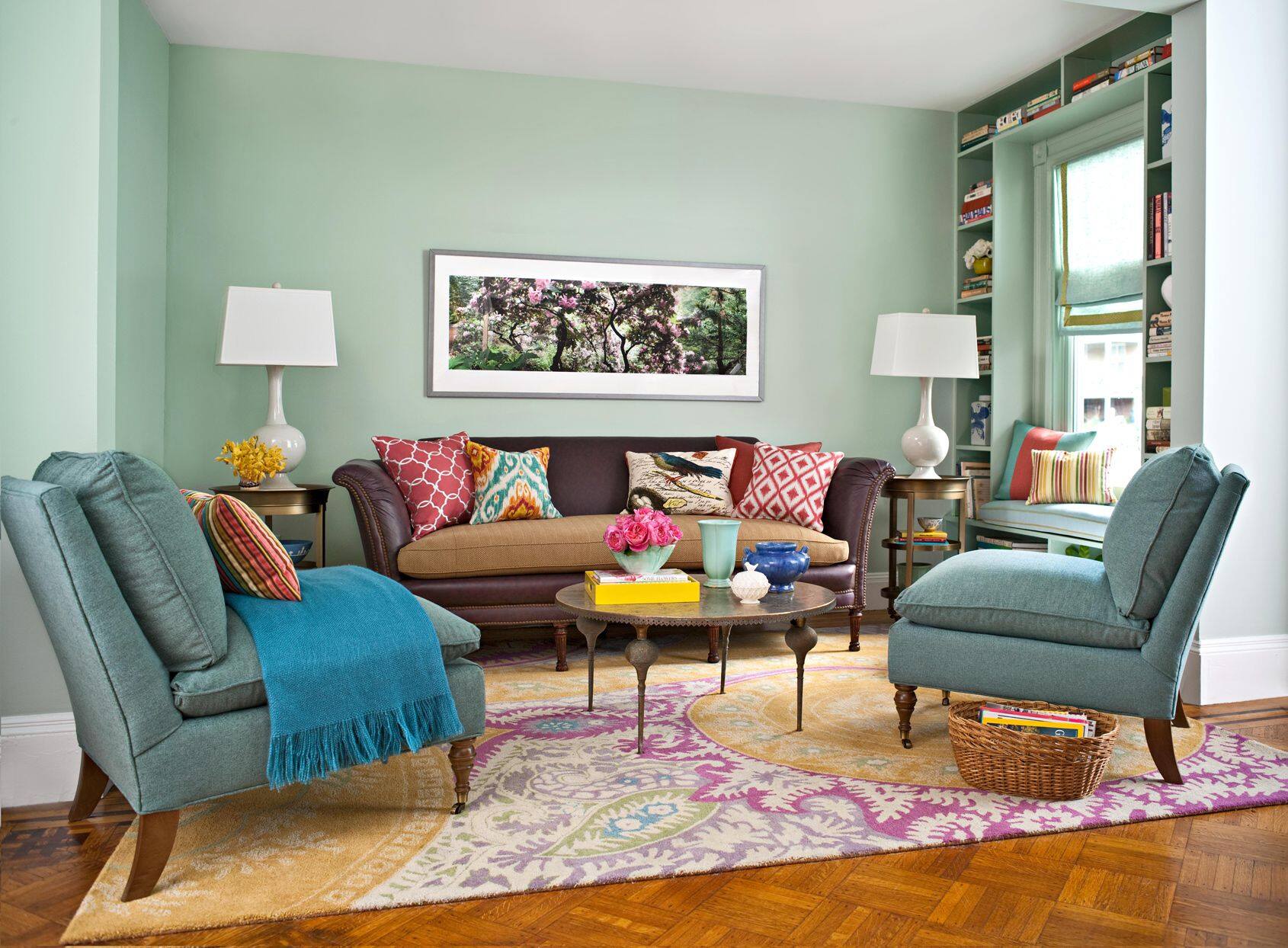
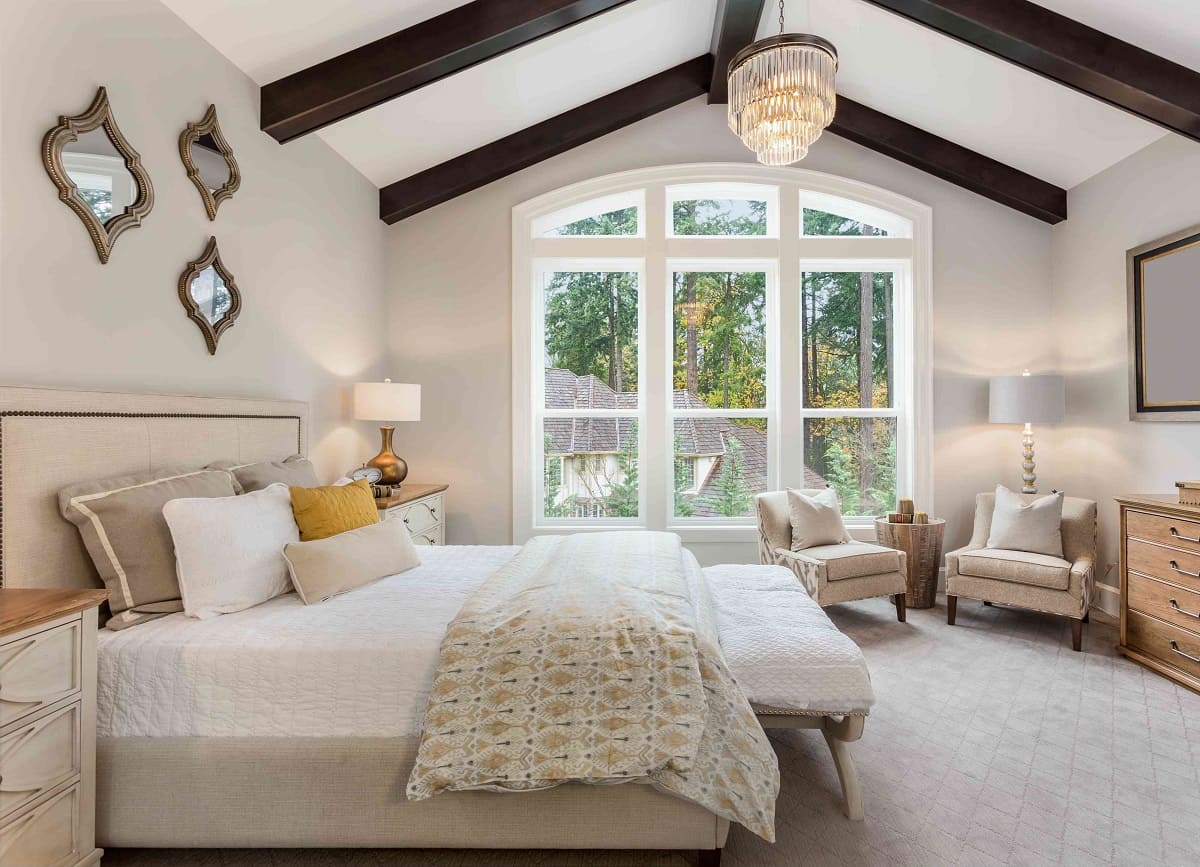
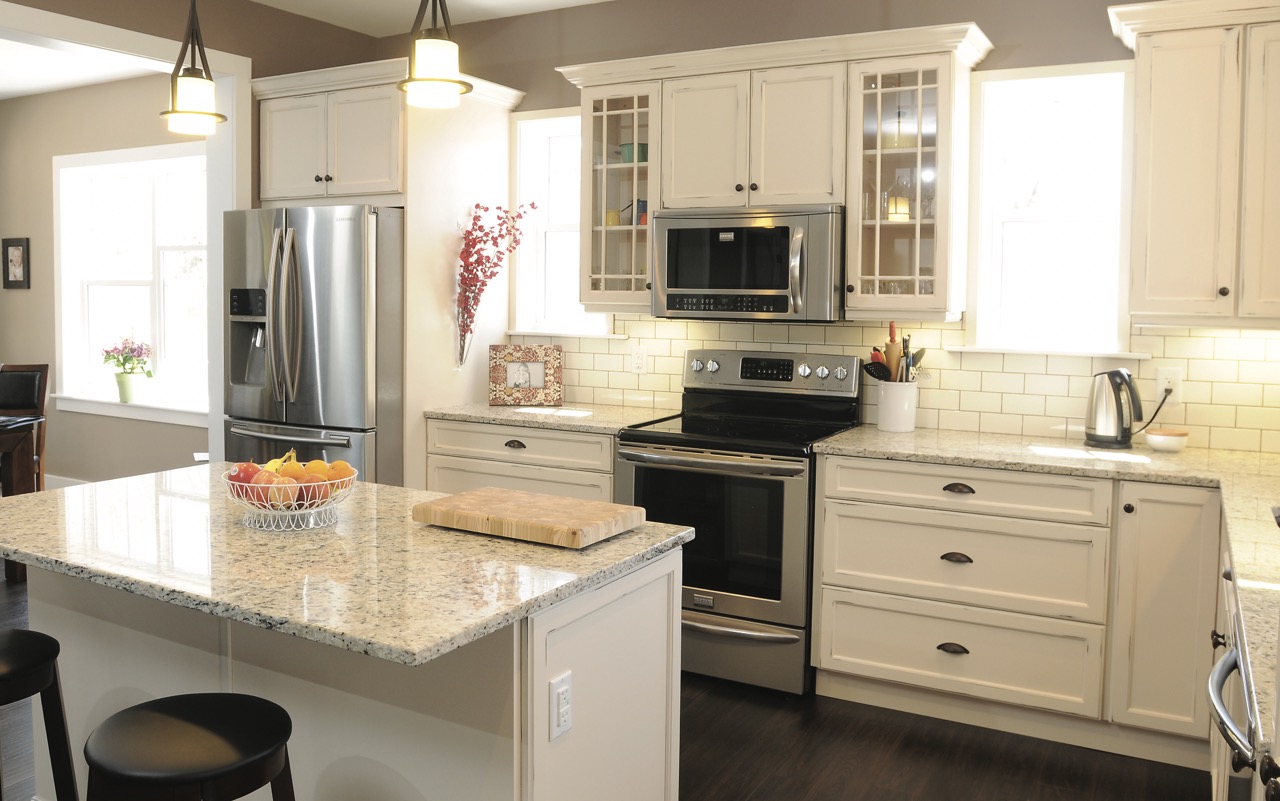

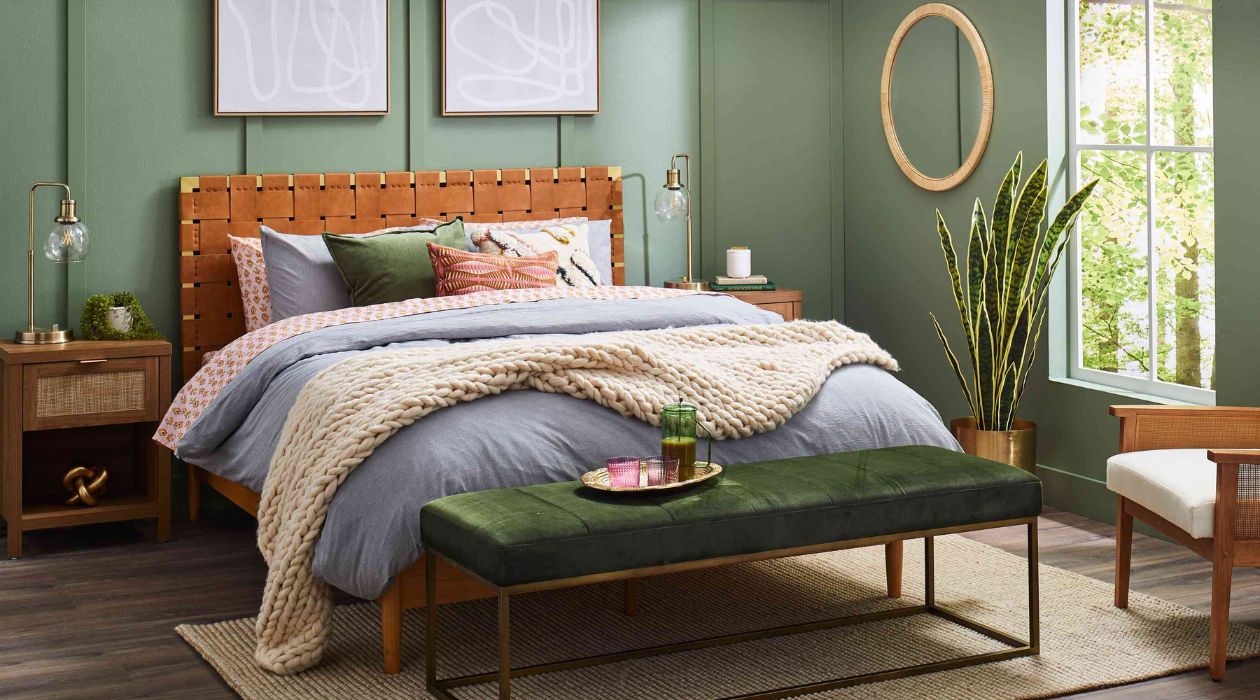
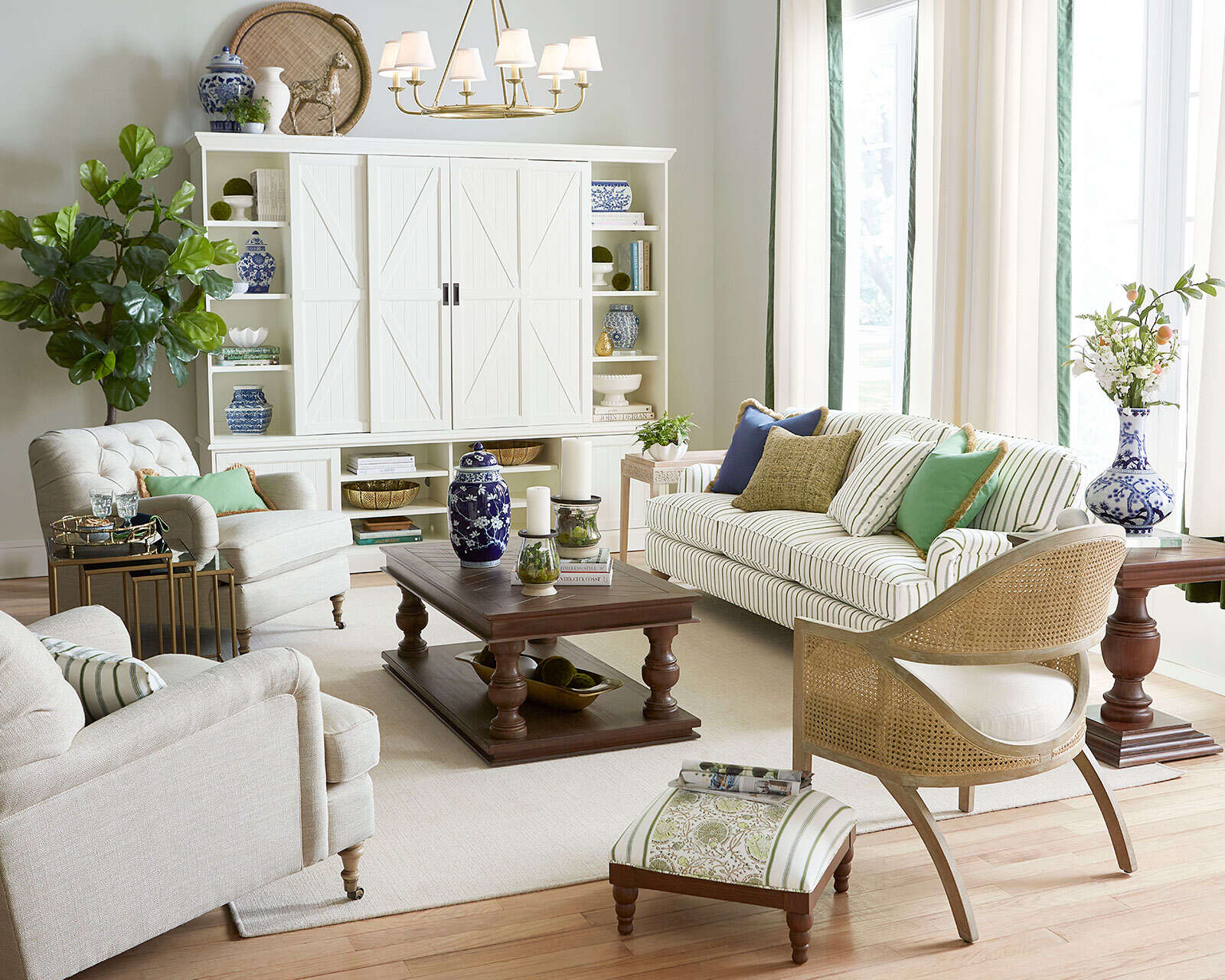
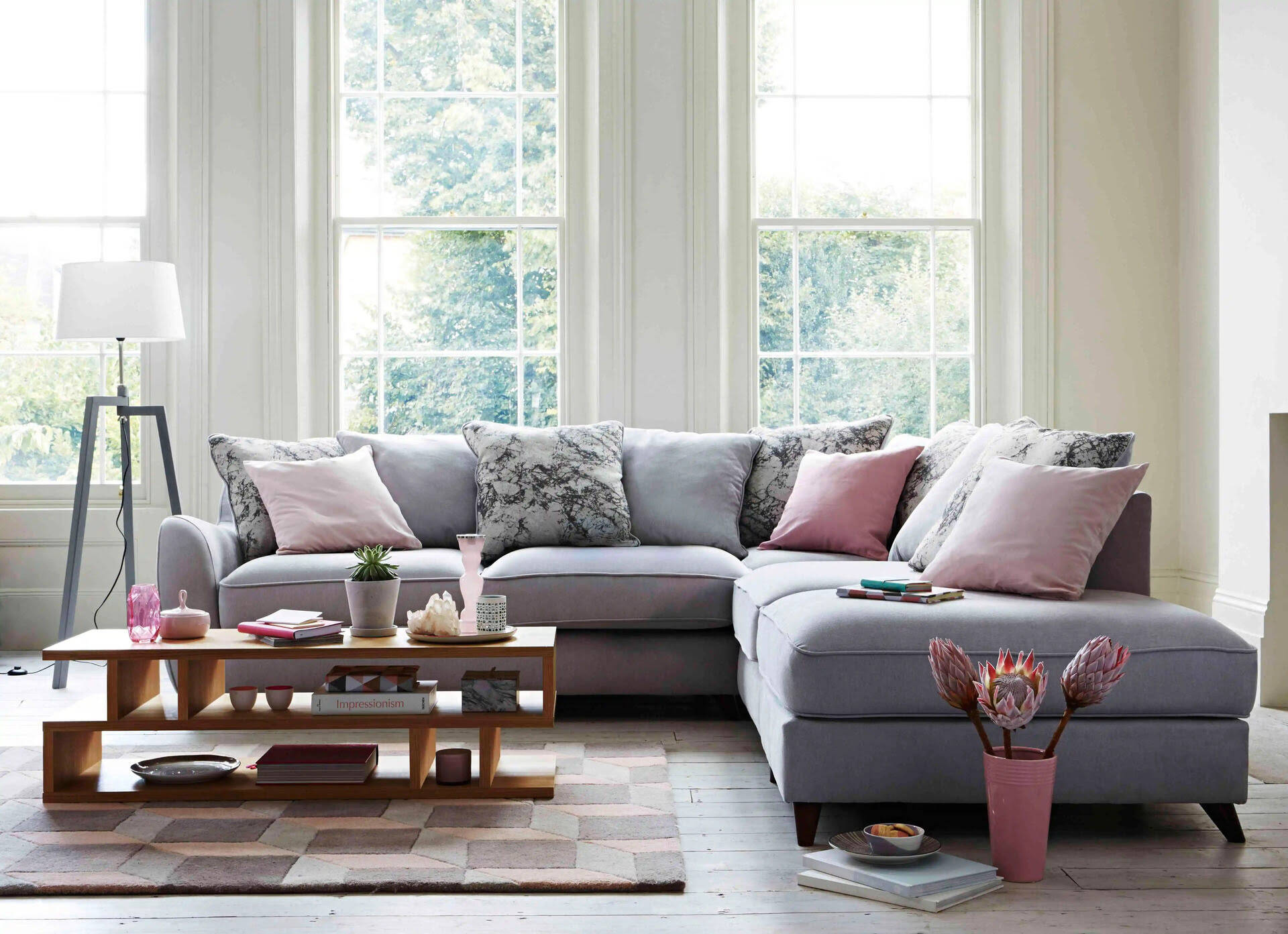

0 thoughts on “How Can I Add Warmth To A Room? 7 Designer Ways To Add Comfort”